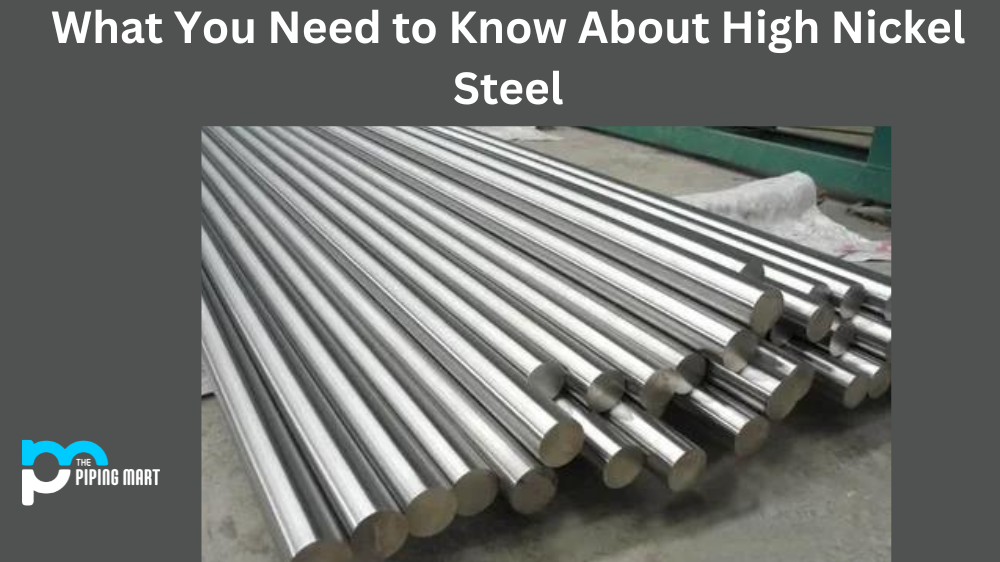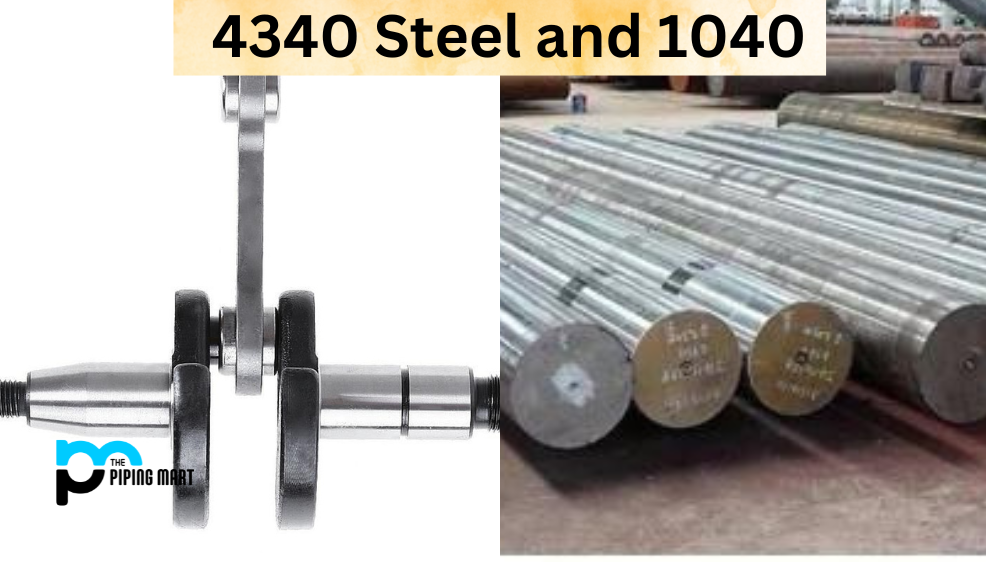Choosing the right brass material for a project is crucial, especially if you’re a novice at metalworking. Brass is a malleable and versatile material used in various applications, such as musical instruments, plumbing fixtures, and marine engineering. Two popular types of brass that people often compare are 260 and 360 brass. This blog post will discuss both brass materials’ differences, advantages and disadvantages.
What is 260 Brass?
Firstly, let’s discuss 260 brass. It is an alloy of zinc and copper known as cartridge brass. It has a yellowish-golden hue and is known for its excellent cold-working abilities. It’s commonly used in ammunition casings, lamp fixtures, and electrical components. One of its significant advantages is its excellent formability, making it ideal for complex applications. However, 260 brass has a lower corrosion resistance than 360 brass, making it less suitable for outdoor use.
What is 360 Brass?
On the other hand, 360 brass, also known as free-machining brass, is an alloy of zinc and copper ideal for high-speed machining. Unlike 260 brass, it has superior corrosion resistance, making it ideal for outdoor use. It has a slightly pinkish hue and is commonly used in marine hardware, pipe fittings, and decorative hardware. However, it is more expensive than 260 brass and has lesser formability, making it less suitable for complex applications.
Difference Between 260 and 360 Brass
Another significant difference between the two is their lead content. 260 brass contains more lead and is used in low-friction applications such as valves and bearings. On the other hand, 360 brass has a lower lead content and is ideal for applications that require machinability, such as screw machine parts.
Composition
The main difference between 260 and 360 brass is their composition. 260 brass is made of 70% copper and 30% zinc, while 360 brass is made of 60% copper and 40% zinc.
Strength
360 brass is stronger than 260 brass, due to its higher zinc content. This means that 360 brass is less likely to deform under high stress or heavy loads.
Corrosion Resistance
360 brass is more resistant to corrosion than 260 brass, due to its higher zinc content. This makes it a good choice for applications where it will be exposed to moisture or other corrosive elements.
Machinability
360 brass is easier to machine than 260 brass, due to its lower copper content. This makes it a good choice for applications where precise tolerances are required.
Price
360 brass is typically more expensive than 260 brass, due to its higher zinc content.
Mechanical Properties
Regarding the mechanical properties of both brass materials, 360 brass has slightly higher strength and hardness than 260 brass. However, 260 brass has slightly higher ductility, allowing it to withstand bending and stretching without breaking. Both brass materials have excellent thermal conductivity, making them ideal for heat exchangers and radiator components.
Conclusion
Choosing the right brass material comes down to the specific application and budget. 260 brass is an excellent choice for applications that require formability, while 360 brass is ideal for applications that require excellent machinability. If outdoor use and corrosion resistance are a consideration, 360 brass is the superior choice. Brass materials are an excellent choice due to their thermal conductivity, aesthetic beauty, and machinability, and their versatility is why brass continues to be a popular choice in various industries.

A passionate metal industry expert and blogger. With over 5 years of experience in the field, Palak brings a wealth of knowledge and insight to her writing. Whether discussing the latest trends in the metal industry or sharing tips, she is dedicated to helping others succeed in the metal industry.




